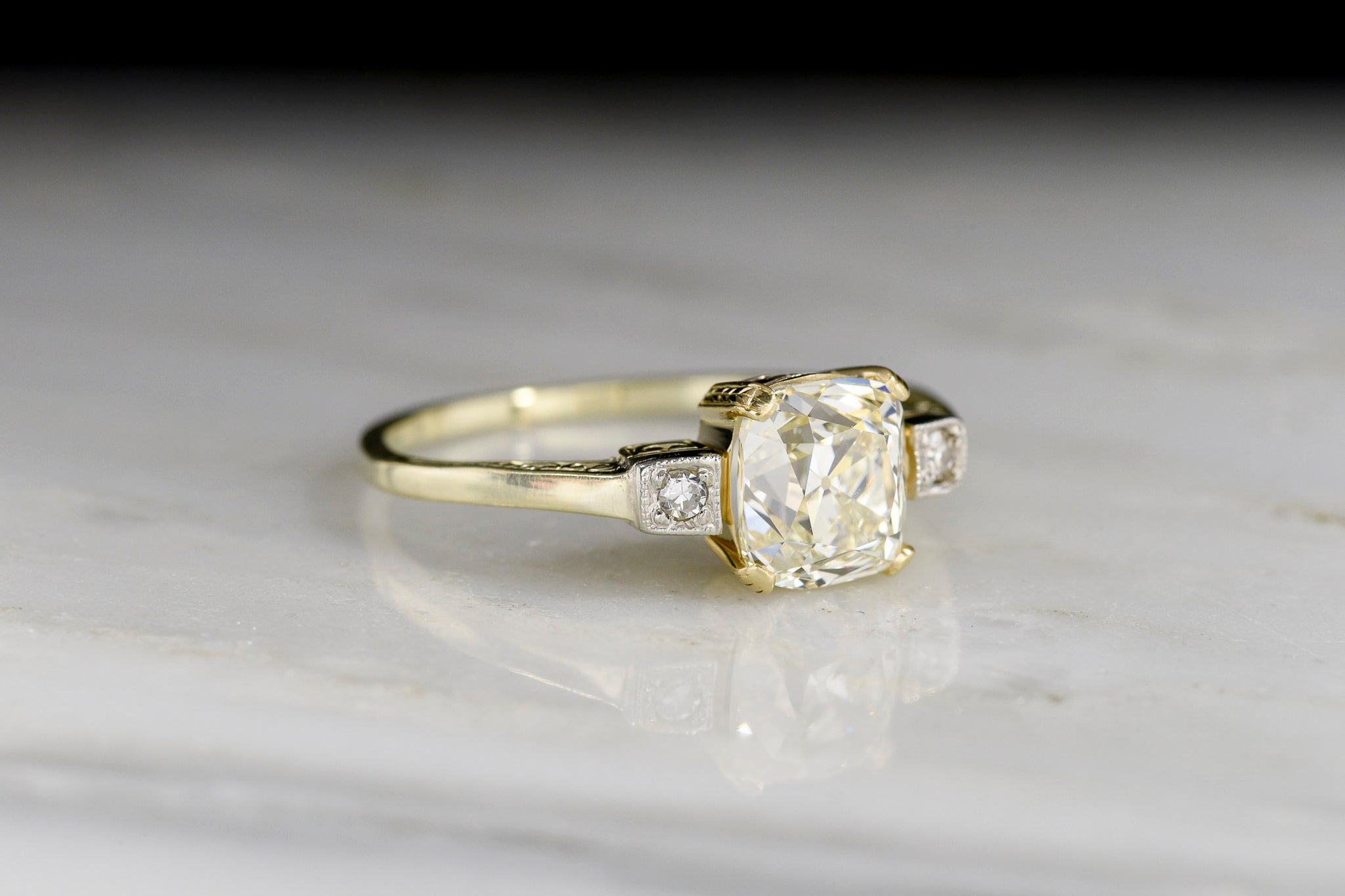It’s no secret that our society and the media have established and continue to promote an idyllic, almost impossible, standard of beauty that women consistently judge themselves against and are always aspiring to achieve.
With the advent of readily available cosmetic surgery and treatments, this quest has reached a new fever pitch. By one estimate, American women spend almost $7 billion dollars a year on products used in the pursuit of beauty.
And we’ve all seen or heard stories of women addicted to Botox or plastic surgery -some have had so many nips and tucks that their faces resemble cartoon characters and still they want more! These extreme cases are the casualties of a popular culture that is saturated with images of airbrushed, over sexualized, and perfectly coiffed celebrities and models that can make even the most confident of us feel a little insecure or inadequate at times.
The extent of this problem was documented in a 2008 report released by the YWCA called “Beauty At Any Cost”. The report underscores the substantial health implications for women on the endless treadmill of “unrealistic beauty attainment.” Through chronic and unhealthy dieting, using smoking as a weight-loss aide, taking unnecessary risks during cosmetic surgical procedures, and absorbing unsafe chemicals through cosmetics, women are placing themselves in precarious health situations to maintain some semblance of their idealized physical selves. Women and girls are at risk for lifelong health problems – and the problems start at an early age.
Add to the mix a $50 billion a year unregulated cosmetics industry that puts unlimited amounts of chemicals into personal care products with no required testing or monitoring of health effects, ready to profit from these narrow beauty standards to convert women and girls into life-long customers. Many of these companies go to great lengths to market to teens and “tweens” (8 to 12 year olds) as part of this goal. Their emphasis is on creating cheap products that appeal to this demographic with little or no regard for the potential health or environmental impact of the chemicals used to produce them.
Clearly, young girls and teens are more vulnerable and susceptible to harm than ever before. However, with a little guidance they can learn to make safer, healthier choices for themselves and set an example for their peers.
What can you do to help the young girls and teens you know avoid falling into this trap? Here are some guidelines that you can use:
1. The Buck Starts and Stops with You
Most children are influenced by the behaviors and attitudes of their parents and caretakers. So it’s up to you to set the bar for what’s acceptable. If you want your daughters, nieces, or younger sisters to adopt healthy habits then make sure you are doing the same. Take a look at your inventory of cosmetics and personal care products and eliminate those that contain ingredients that are known to be harmful. If you’re not sure where to start, check the Environmental Working Group’s Skin Deep Cosmetics Safety Database available online.
Their comprehensive database contains over 25,000 cosmetics and skin care products from both major companies and smaller ones you may not even know. The products have all been researched, catalogued, and ranked for safety concerns based on currently available data on toxicity of their ingredients. The database also provides lists of the Top 10 Worst and Best Products and Companies based on their ratings.
Show them how to use the database and make it clear that you will not fund the purchase of products that have been ranked with high safety concerns.
2. Turn Them Into Smart Shoppers
Share your concerns with them about the safety of many beauty products on the market and how even small amounts of repeated exposure to certain ingredients can cause harm. Teach them how to read product labels and look for problem ingredients to avoid.
The U.S. Food and Drug Administration requires ingredients to be listed in descending order of concentration. So ingredients listed at the top are the most prevalent and the ones to pay more attention to.
Teens Turning Green (formerly Teens for Safe Cosmetics) has compiled a list of chemicals in personal care products to avoid called the Dirty Thirty. You can download it at their site. Review the list together, then use it as a guide for reading labels and ruling out the products that contain them.
3. Encourage Them to Take Action
There’s nothing more powerful than kids and teens united and engaged in action to promote a worthy cause, and what could be a worthier cause than their health and safety? Encourage them to learn more about this issue and how they can get involved to make a difference.
Whether it’s action to pressure the government to regulate cosmetics, or participating in consumer boycotts that force companies to change in response to trends in the marketplace, or joining groups that teach and promote self-esteem and healthy body images — all of these activities serve to enlighten them and reinforce the positive messages that will ultimately lead them to make better choices and influence their friends to do the same.
4. Turn Them On To Greener Alternatives and Make it Fun
Throw a spa party at your home for your daughters and their friends and introduce them to the ever-growing variety of safe and healthy skin care products, natural scents, and cosmetics available, and make it “cool” for them to explore and indulge their senses. Make it a recurring event so that they have a chance to be constantly exposed to a lot of new and different products.
Or take them to the local health food store for a shopping spree where you can review and compare the products together and make it a contest to see who picks the best ones first. Remember, just because a product is sold in a health food or natural product store, it doesn’t mean that product is safe or natural. It can be an excellent teaching moment to help them (and you) become a truly discerning shopper.
5. Reward Them for Making Good Choices
Focus your efforts on helping them make the best possible choices and then reward them for it. Make sure that the rewards you give them are in line with what you are trying to teach them. In other words, don’t reward good choices in one arena with bad choices in another (i.e. taking them out for junk food or offering them candy).
If you succeed in convincing them that personal care products made with organic ingredients are better, there’s a good chance you can convince them that organic foods and foods made without chemicals and additives are also better for them!
Copyright 2009 Dropwise Essentials






More Stories
Businessman Gets Knocked Out by Giant Breasts
The History of Makeup
Want to Read a Volufiline Review?